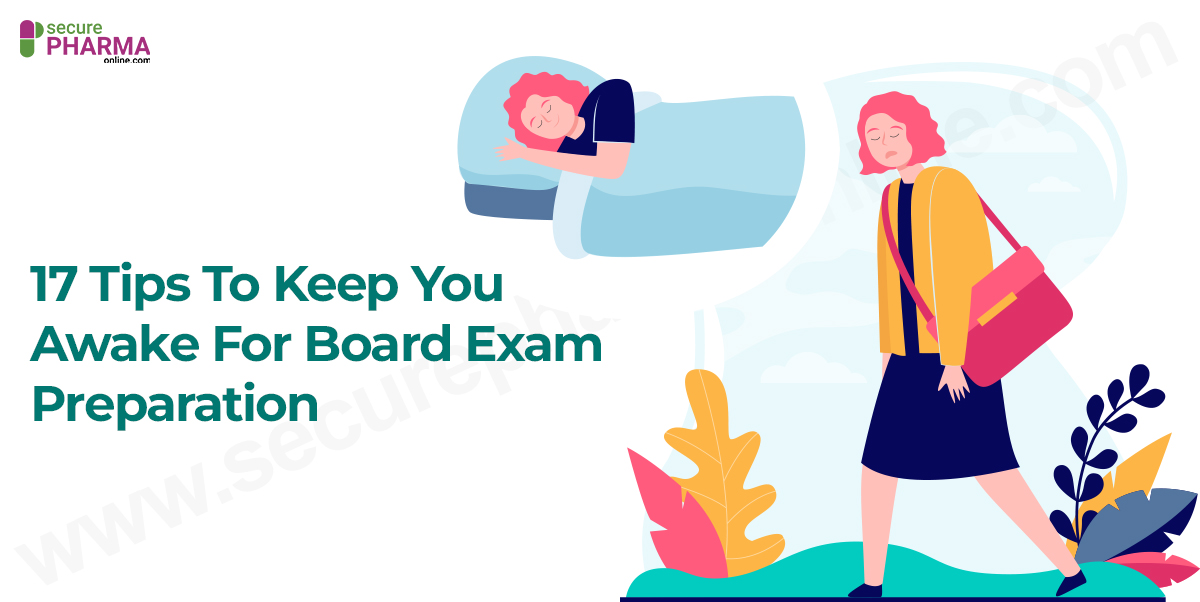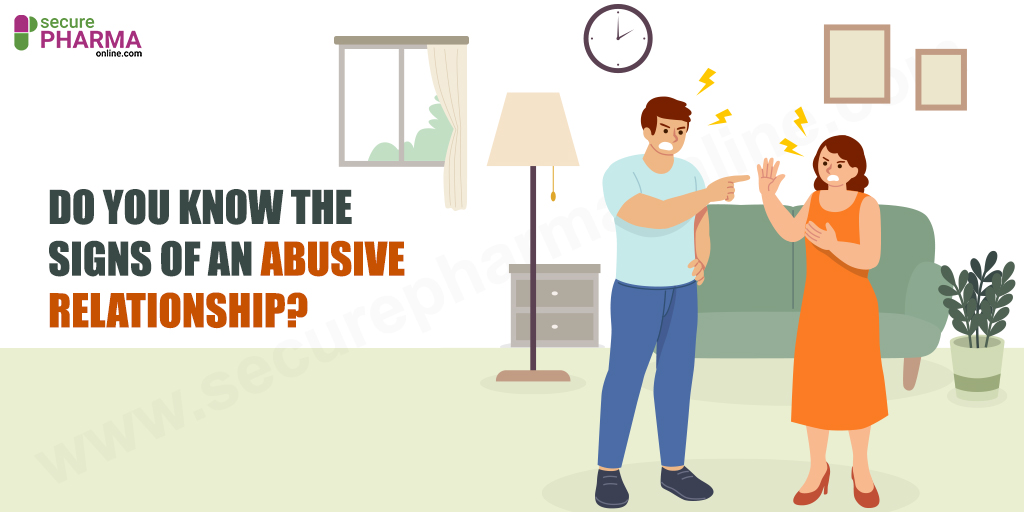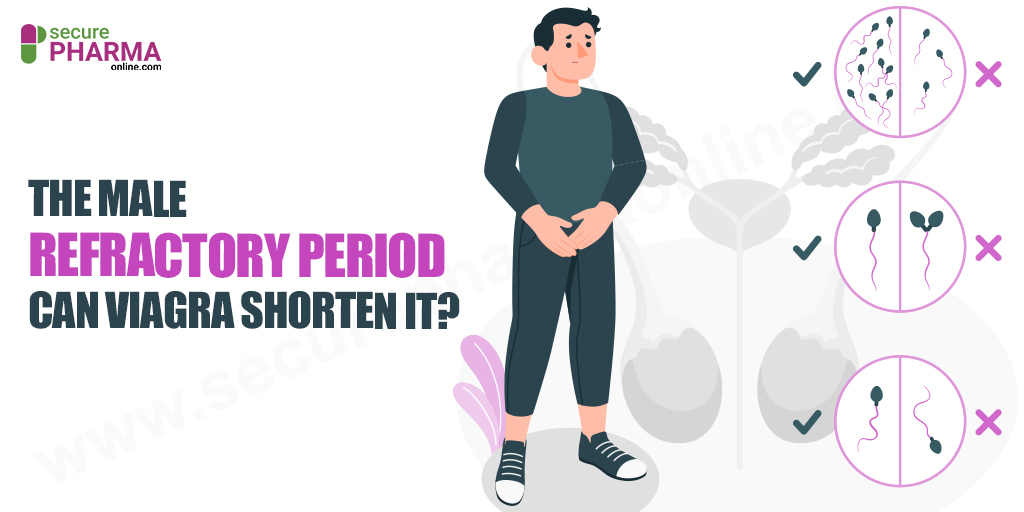Chlamydia Myths: Debunking 9 Popular Myths With Facts

- Overview
- Chlamydia Myths
- Myth 1: The body can get rid of chlamydia on its own, without any form of external medications or help.
- Myth 2: Once cured for chlamydia, you will forever be immune.
- Myth 3: Chlamydia cannot transmit through oral or anal sex.
- Myth 4: It will be obvious if you or your partner is affected by chlamydia.
- Myth 5: Chlamydia can spread through toilet seats.
- Myth 6: You will not catch chlamydia if you have only had sex once.
- Myth 7: Showering or douching after sex can effectively protect from chlamydia.
- Myth 8: Oral contraceptives can prevent a chlamydia infection.
- Myth 9: Chlamydia can spread via freshly infected drops in swimming pools.
- Symptoms Of Chlamydia
- Conclusion
In this article, we’ll discuss and debunk some common chlamydia myths that we have collected from all over the internet.
Overview
Since sex is usually spoken about under the hushes, the diseases it can cause also get little to no limelight. This has led to many fake rumors and myths about these diseases. This article discusses and busts some of these myths.
Chlamydia is a very common sexually transmitted disease (STD), especially in sexually active teenagers and young adults. It is caused by a bacterium called “chlamydia trachomatis”, and transmitted via unprotected sex.
This disease often shows almost no symptoms during the early stages. Thus, it can be hard to detect without getting professionally tested. It is recommended to get tested every year or every time there is a change of sexual partners.
If detected in the early stages, it can easily be cured by using certain antibiotics. However, if left unchecked, it can cause health problems and complications down the line.
Chlamydia Myths
Myth 1: The body can get rid of chlamydia on its own, without any form of external medications or help.
Fact: Getting rid of chlamydia without medications is highly unlikely.
Our body is not equipped with the immune system to fight off a disease like chlamydia on its own. If any, the symptoms might subside briefly put the bacteria persists in the body (subclinical chlamydia).
As mentioned above, unchecked chlamydia can lead to fatalities like pelvic inflammatory disease (PID) in women and infertility in both sexes. However, an early diagnosis can help get rid of chlamydia with antibiotics.
Myth 2: Once cured for chlamydia, you will forever be immune.
Fact: You can get infected with chlamydia again.
Some diseases make you immune to them once you have been cured, some like HIV and herpes stay for life, while others like chlamydia can re-occur. In fact, repeated infections are pretty common.
If you are having sex with multiple partners, it is important to check with all of them before. Having unprotected sex with an infected patient can expose you to extremely high chances of a re-infection.
This is the reason why it is recommended to get tested after 3 months of getting cured and also abstain from sex until the doctor says it’s safe.
Myth 3: Chlamydia cannot transmit through oral or anal sex.
Fact: Chlamydia can be transmitted through unprotected vaginal, oral, or anal sex.
The bacteria or virus that causes STI’s can enter the system via small cuts or tears in the mouth or anus. Thus, almost all kinds of sexually transmitted diseases can be transferred through unprotected anal or oral sex as well.
To reduce the risk of transmission, it is vital to correctly wear and use a latex condom throughout the sexual activity. A dental dam can also help. Getting checked before the act is probably the best way to prevent transmission.
Myth 4: It will be obvious if you or your partner is affected by chlamydia.
Fact: Symptoms are mild to none, so it is impossible to know without getting tested for chlamydia.
Even medical health professionals cannot diagnose chlamydia by just looking at you. They usually run tests like bloodwork and others before coming to a decision.
Chlamydia is also called the “silent disease” since it does not show any symptoms on the surface. The patient will probably feel completely fit and fine. Around 50% of men and 75% of women have no symptoms, especially during the early stages.
The symptoms, if any, occur in extremely mild consistencies and probably only after 1 – 3 weeks. They are often mistaken for another disease or health issue as well. Thus, it is extremely crucial to get tested and only practice protected sex until the results come in.
Myth 5: Chlamydia can spread through toilet seats.
Fact: There are zero chances of chlamydia spreading through toilet seats.
Yes, public washrooms can be gross. But they cannot spread chlamydia. The bacteria that causes this disease, chlamydia trachomatis, cannot survive for too long outside the human body.
A human tissue provides it with warm and wet conditions which are crucial for its survival. Since these conditions are not available outside the body in the same consistency, they easily die.
You can also share other items like towels without the fear of catching chlamydia. However, make a not to wash or use protection if you plan on sharing sex toys.
Myth 6: You will not catch chlamydia if you have only had sex once.
Fact: Regardless of the frequency, unprotected sex puts you at risk of getting chlamydia.
The frequency of sex with a single partner or the number of partners does not play a role in getting infected by chlamydia. Bottom line is, if you have unprotected sex with an infected person, you will be prone to get infected as well.
The chances can be as high as 30% after just once. The best and least risky scenario is if you are having protected sex with a permanent partner. Regular testing has also proven to be highly effective.
Myth 7: Showering or douching after sex can effectively protect from chlamydia.
Fact: Even if you clean yourself to the last bit and corner or turn your vagina inside-out to clean it, it will not provide protection against STI’s.
Moreover, douching can knock the pH balance inside the vagina which can, in turn, lead to yeast infections and whatnot. Therefore, remember to protect yourself before having sex, rather than after it.
Myth 8: Oral contraceptives can prevent a chlamydia infection.
Fact: Oral contraceptives like pills can only effectively prevent a pregnancy. They do not prevent any kinds of sexually transmitted diseases or infections.
The only plausible way of protecting yourself against an STD is to correctly use a male or a female latex condom. If the condom is too loose, it can easily slip off and increase the risk. And if it is too small. It probably won’t be able to cover all the exposed areas.
Myth 9: Chlamydia can spread via freshly infected drops in swimming pools.
Fact: Chlamydia only spreads through unprotected sexual acts and rarely through contact with the sexual fluids of an infected person.
It is not enough for the bacteria to come in contact with your skin or buttocks to infect you. It needs to come in contact with tissues of the cervix, urethra, or cornea of the eye to persist and spread successfully.
Symptoms Of Chlamydia
Some common symptoms of chlamydia include:
- Pain during urination
- Itching or burning sensation around genitals
- Abnormal discharge from the vagina, or clear and cloudy discharge from the penis
An anal chlamydia infection can cause discomfort and abnormal discharge, while an infection of the eye (cornea) includes redness, pain, and discharge.
Conclusion
If you have been experiencing any one or a combination of the above-mentioned symptoms, seek medical help as soon as possible. An early diagnosis can help you a lot more than you think. There are clinics that offer options to test anonymously as well for the protection of your identity.
December 11, 2020 Sam Bell











Comments